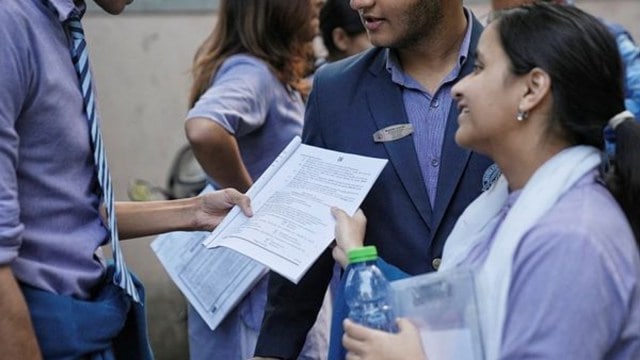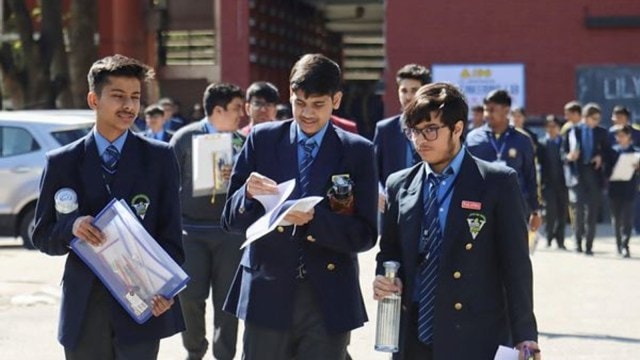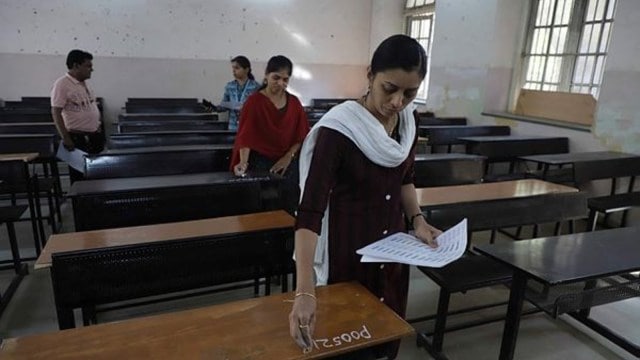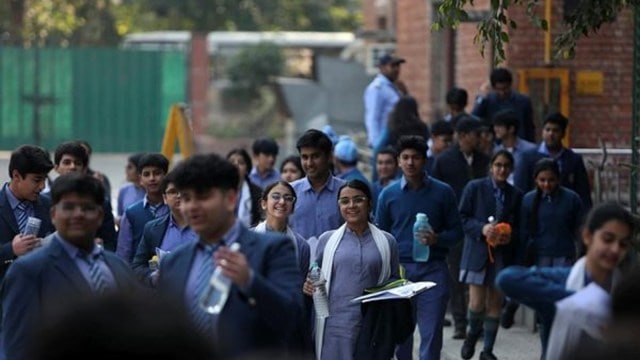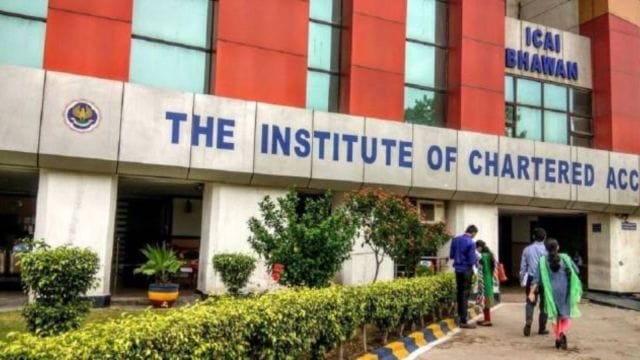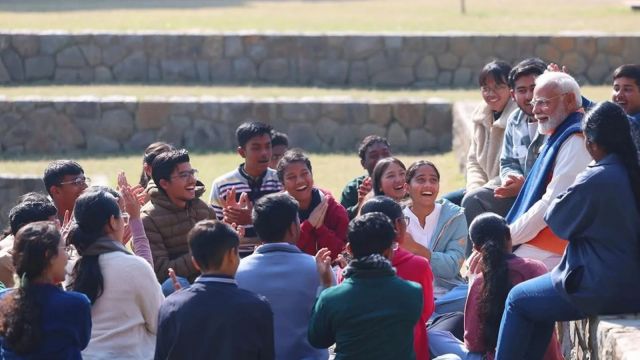
Today in Politics: PM Modi and Rahul Gandhi in Vidarbha, a key region that may sway Maharashtra election
With less than a week to go for campaigning to end in Maharashtra, we are well and truly into the last stretch of an Assembly election that, to a large extent, will determine if the Opposition has what it takes to sustain the sense of hope that animated it after the Lok Sabha polls or if the BJP-led NDA will be able to establish that the parliamentary elections were an aberration.
For the BJP, both its top two leaders will be in the state. Prime Minister Narendra Modi is scheduled to address public meetings in Chimur (1 pm) in eastern Vidarbha and Solapur (4.15 pm) and Pune (6.30 pm) in western Maharashtra.
Like in some other parts of the state, the Mahayuti government is also facing a degree of unrest among farmers in Vidarbha, which is the state’s cotton belt. How the PM tackles this in his speech will be among the things to watch out for as it will send a signal to farmers in the rest of the state dealing with agrarian distress.
In western Maharashtra that has 70 Assembly constituencies, the BJP and its Mahayuti allies will look to minimise any damage in what is essentially considered an NCP-Congress stronghold. Here, the BJP is looking to strategically deploy the PM to paper over any cracks in its organisation at the ground level.
The PM’s second-in-command and Union Home Minister Amit Shah will start his day in Jharkhand’s Dhanbad district by addressing rallies in Jharia Assembly constituency (11.30 am) and Baghmara Assembly seat (1.15 pm) before flying to Maharashtra to address public meetings in Ghatkopar East in suburban Mumbai (5.30 pm) and Borivali (7.30 pm).
Recommended reading: Ghatkopar on a golf cart: Knee fractured, Maharashtra’s richest candidate gets new wheels, but going tough
Like the PM, the Leader of the Opposition in the Lok Sabha, Rahul Gandhi, will also be in Vidarbha. He will participate in a rally with the party’s Khamgaon candidate in Chikhli in Buldhana district (11.30 am) and will then address a public meeting in Gondiya (3 pm). Last Friday, before officially launching the MVA’s election campaign in Mumbai along with his allies, Gandhi visited Nagpur, Vidarbha’s biggest city, to address a conference on the Constitution and visit Deekshabhoomi, the place where Dr B R Ambedkar converted to Buddhism in 1956.
In context: Vidarbha is crucial for the contest as 36 of the 76 direct contests between the Congress and the BJP will play out in the region, which has a total of 62 Assembly constituencies. The BJP has also fielded 47 candidates in the region and if it is dealt a blow here, the Mahayuti alliance’s chances of returning to power will suddenly look a lot narrower.
The region’s importance to the BJP’s poll calculations is apparent when one looks at Modi’s quick visits to Wardha and Washim on September 20 and October 5, respectively. In those visits, the PM focused on agriculture, the textile sector, and OBCs. In the Lok Sabha elections, the Mahayuti lost ground here too, winning just three of the 10 parliamentary constituencies in the region.
In the region, a lot will depend on which way the OBC vote swings. As Shubhangi Khapre explained in the West Pulse column last week, OBCs are a major factor in 36 constituencies in the region. While the Congress and its Maha Vikas Aghadi (MVA) allies are expected to bank on the support of Kunbis who comprise an estimated 60% of the OBC population in the region, Dalits, and Muslims, the BJP strategy is to stitch together a coalition of smaller OBC groups such as Telis, Banjaras, Powars, Bhoyars, Komtis, Sonars, Gonds, and two dozen others.

 Posts
Posts Sign up as a Teacher
Sign up as a Teacher